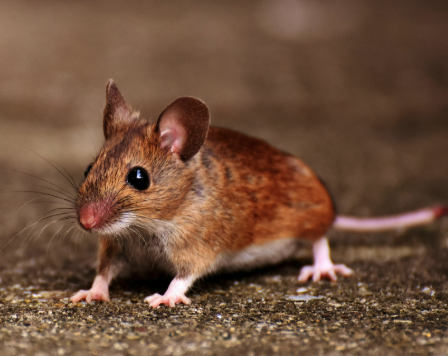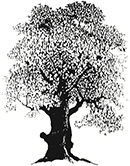SCORES & OUTDOORS: There’s a mouse in the house

 by Roland D. Hallee
by Roland D. Hallee
The house mouse is becoming more and more of a nuisance at camp, and to say the least, are not welcome. My neighbors are fighting a constant battle with them, and until Saturday, my wife and I had been free of them. They have intruded our camp and when we uncovered our boat, it became apparent they had taken up residency over the winter. The discovery of five nests, and their destructive results, was, to say the least, discouraging. We spent the better part of the day cleaning up the mess.
The house mouse is a small mammal of the rodent family, characteristically having a pointed snout, large rounded ears, and a long and almost hairless tail. It is one of the most abundant species. Although a wild animal, the house mouse has benefited significantly from associating with human habitation to the point truly wild populations are significantly less common near human activity.
The house mouse is best identified by the sharp notch in its upper front teeth.
House mice have an adult body length (nose to base of tail) of three- four inches, and a tail length of two – four inches. The weight is typically 3⁄8 – 1 ounce. In the wild they vary in color from grey and light brown to black. They have short hair and some, but not all, sub-species have a light belly. House mice thrive under a variety of conditions; they are found in and around homes and commercial structures, as well as in open fields and agricultural lands.[9]
House mice primarily feed on plant matter, but are omnivorous. They eat their own feces to acquire nutrients produced by bacteria in their intestines. House mice, like most other rodents, do not vomit.
The social behavior of the house mouse is not rigidly fixed into species-specific patterns but is instead adaptable to the environmental conditions, such as the availability of food and space.
House mice have two forms of social behaviour. House mice in buildings and other urbanized areas with close proximity to humans are known as commensal. Commensal mice populations often have an excessive food source resulting in high population densities and small home ranges. This causes a switch from territorial behaviour to a hierarchy of individuals. When populations have an excess of food, there is less female-female aggression, which usually occurs to gain access to food or to prevent infanticide. Male-male aggression occurs in commensal populations, mainly to defend female mates and protect a small territory.
In open areas such as shrubs and fields, the house mouse population is known as noncommensal. These populations are often limited by water or food supply and have large territories. Female-female aggression in the noncommensal house mouse populations is much higher, reaching a level generally attributed to free-ranging species. Male aggression is also higher in noncommensal populations. In commensal populations, males come into contact with other males quite frequently due to high population densities and aggression must be mediated or the risk of injury becomes too great.
Both commensal and noncommensal house mouse males aggressively defend their territory.
In both agricultural and urban environments house mice are often preyed upon by the domestic catt.
House mice usually live less than one year in the wild, due to a high level of predation and exposure to harsh environments. In protected environments, however, they often live two to three years.
House mice usually live in proximity to humans, in or around houses and/or fields. They are native to India, and later they spread to the eastern Mediterranean about 13,000 BC, only spreading into the rest of Europe around 1000 BC. This time lag is thought to be because the mice require agrarian human settlements above a certain size. The house mouse first arrived in the Americas in the early 16th century. It was carried aboard on the ships of Spanish explorers and Conquistadors. About one hundred years later, it arrived in North America with French fur traders and English colonists. They have since been spread to all parts of the globe by humans.
Many studies have been done on mouse phylogenies to reconstruct early human movements. For example, one study suggests the possibility of a previously unsuspected early link between Northern Europe and Madeira on the basis of the origin of Madeiran mice. House mice were thought to be the primary reason for the domestication of cats.
However you look at it, a mouse in the house usually means some form of destructive behavior.
Roland’s trivia. question of the week:
Who was the last Red Sox pitcher to win 20 games in a season?
Responsible journalism is hard work!
It is also expensive!
If you enjoy reading The Town Line and the good news we bring you each week, would you consider a donation to help us continue the work we’re doing?
The Town Line is a 501(c)(3) nonprofit private foundation, and all donations are tax deductible under the Internal Revenue Service code.
To help, please visit our online donation page or mail a check payable to The Town Line, PO Box 89, South China, ME 04358. Your contribution is appreciated!


Leave a Reply
Want to join the discussion?Feel free to contribute!